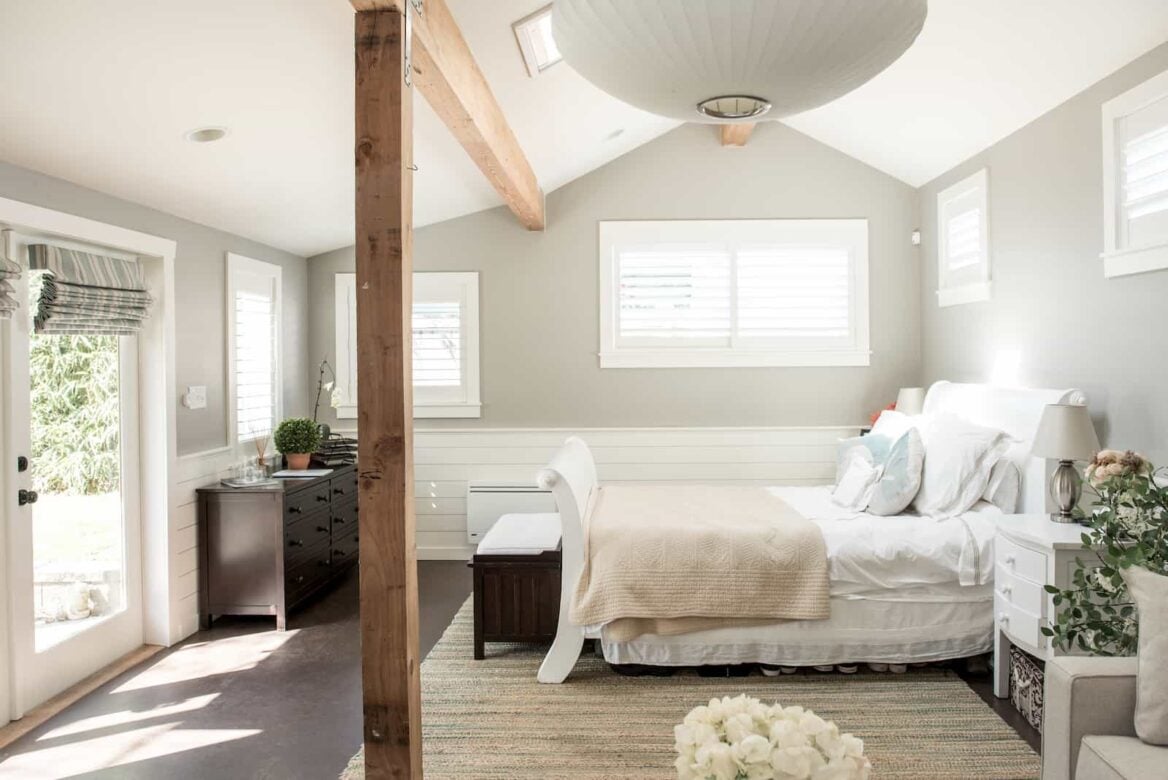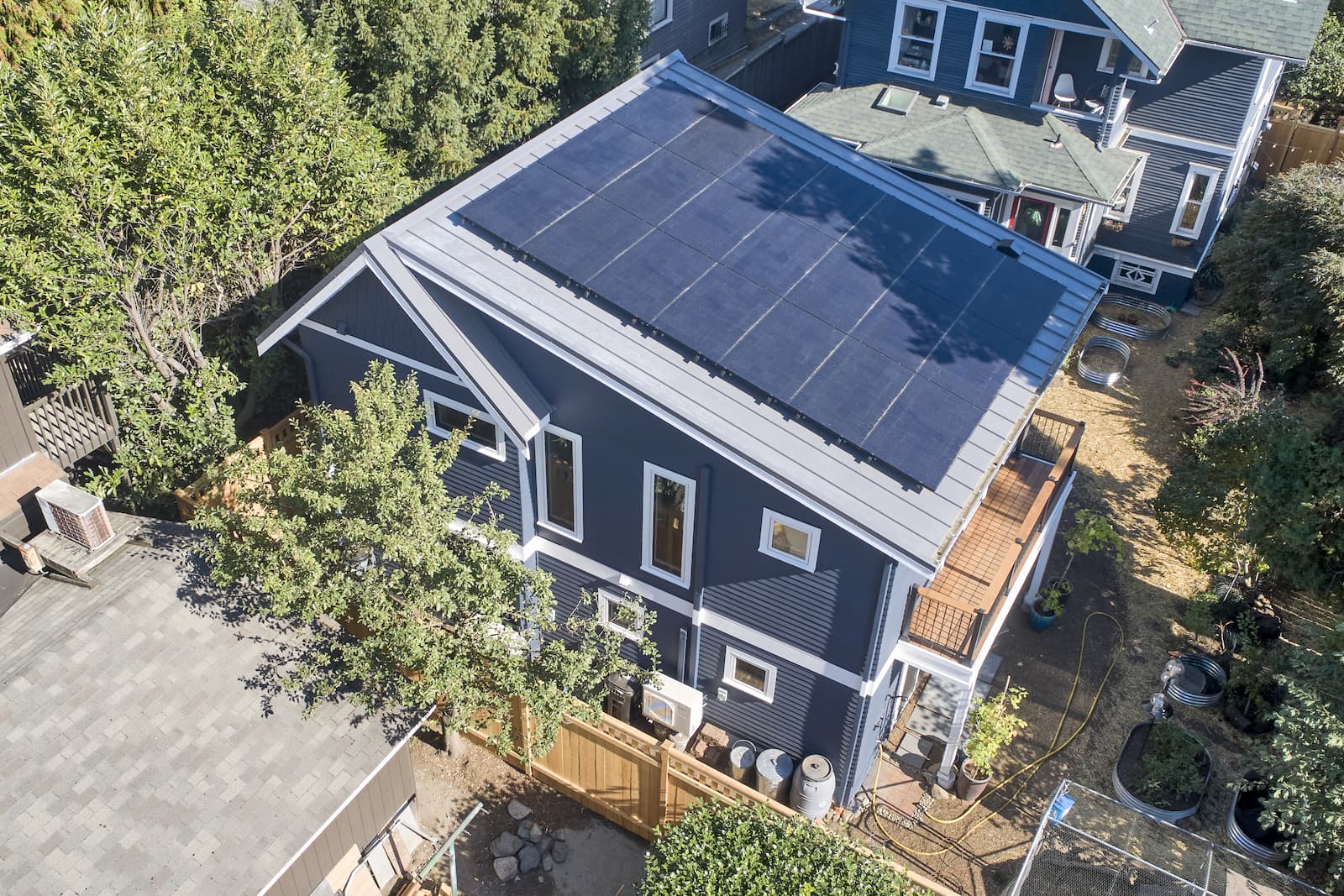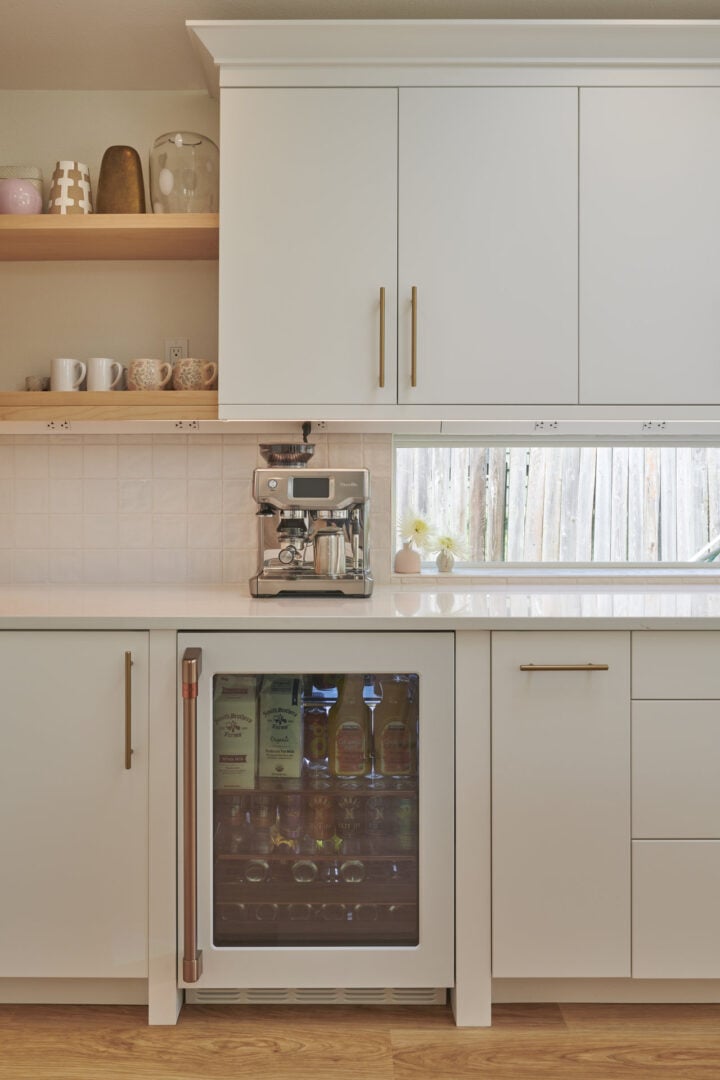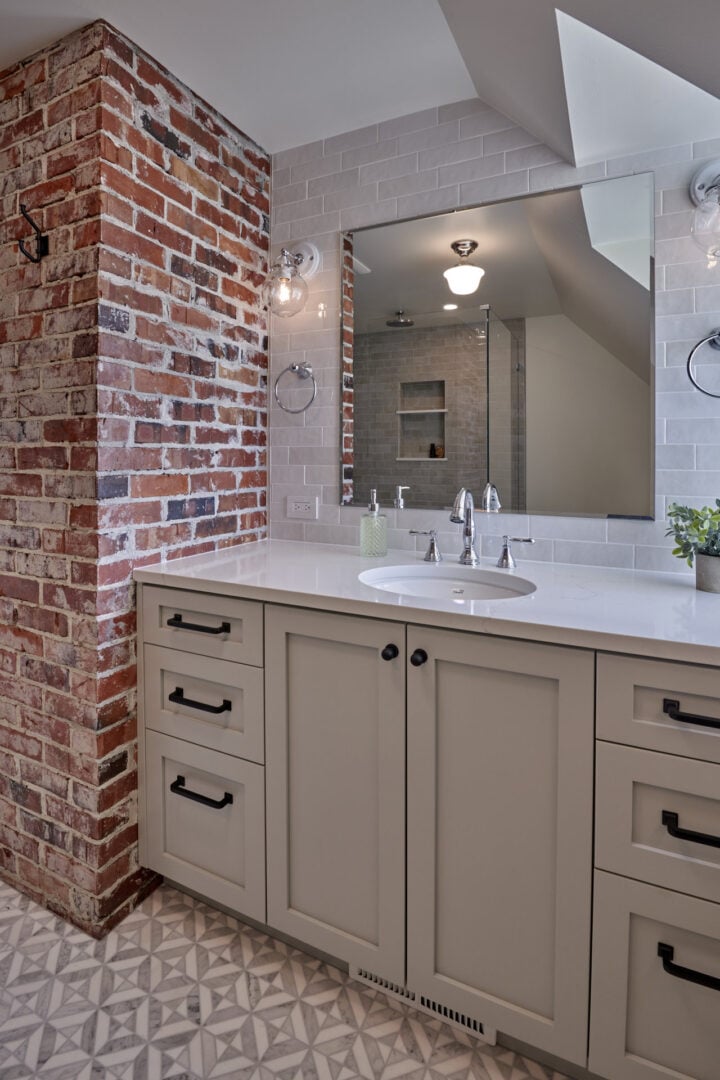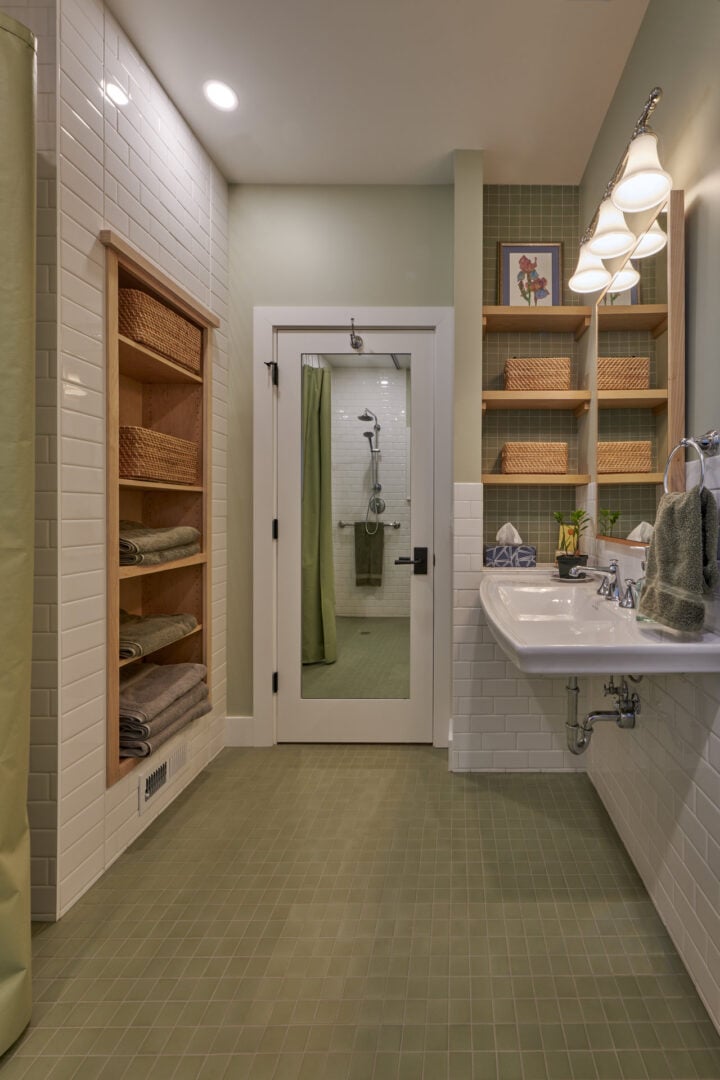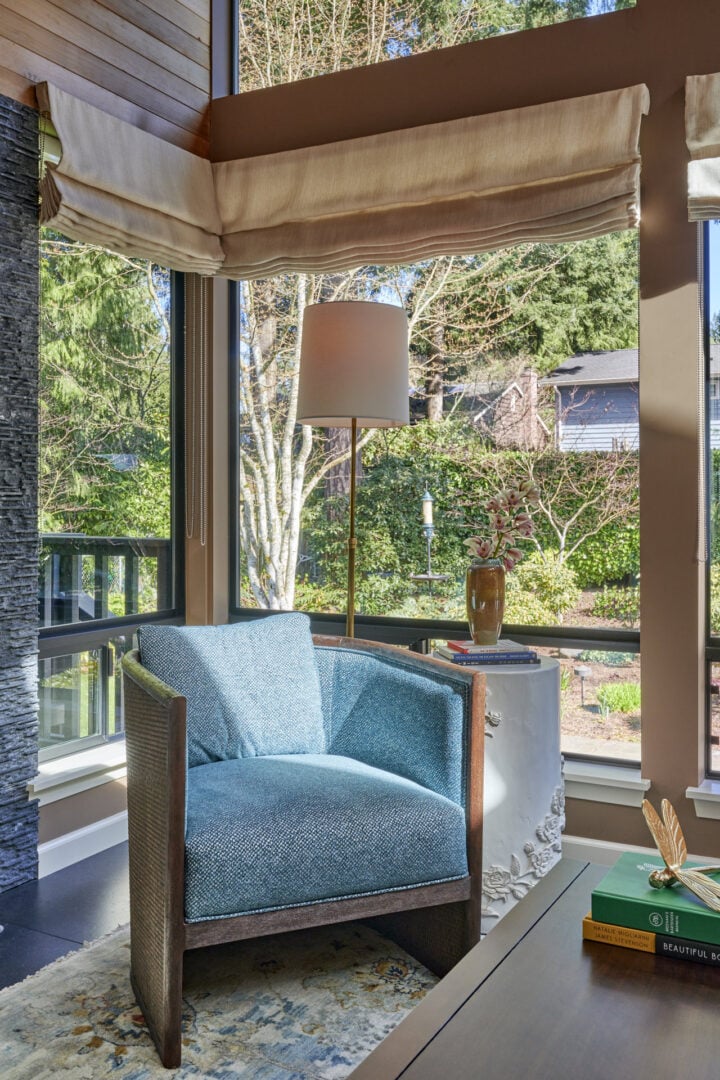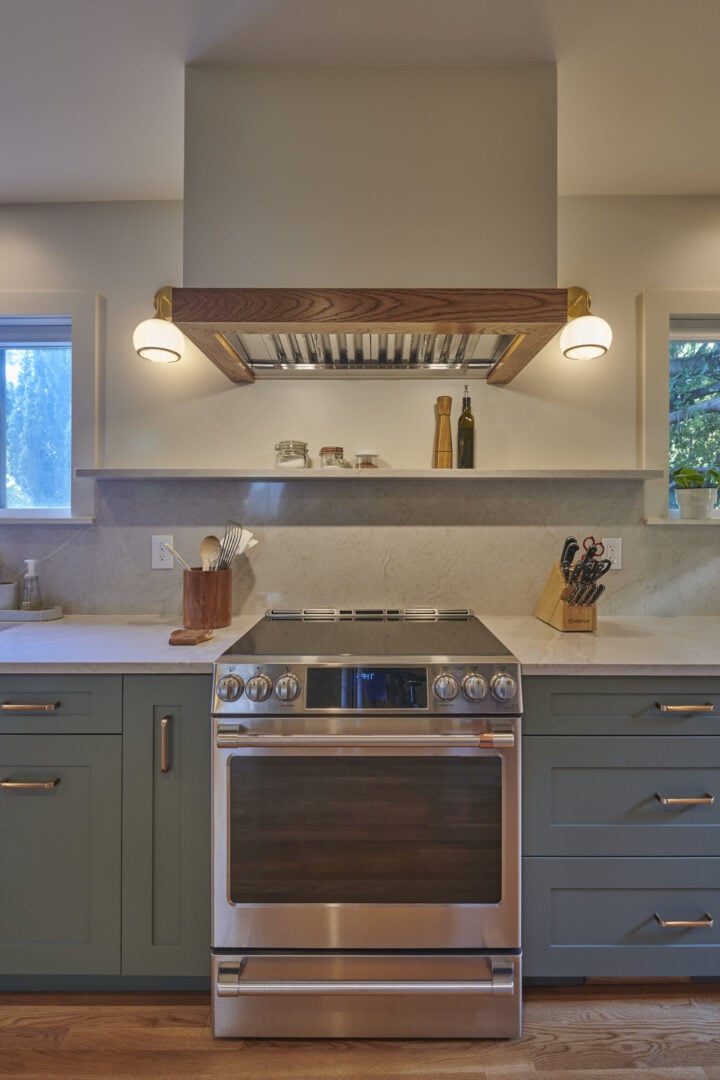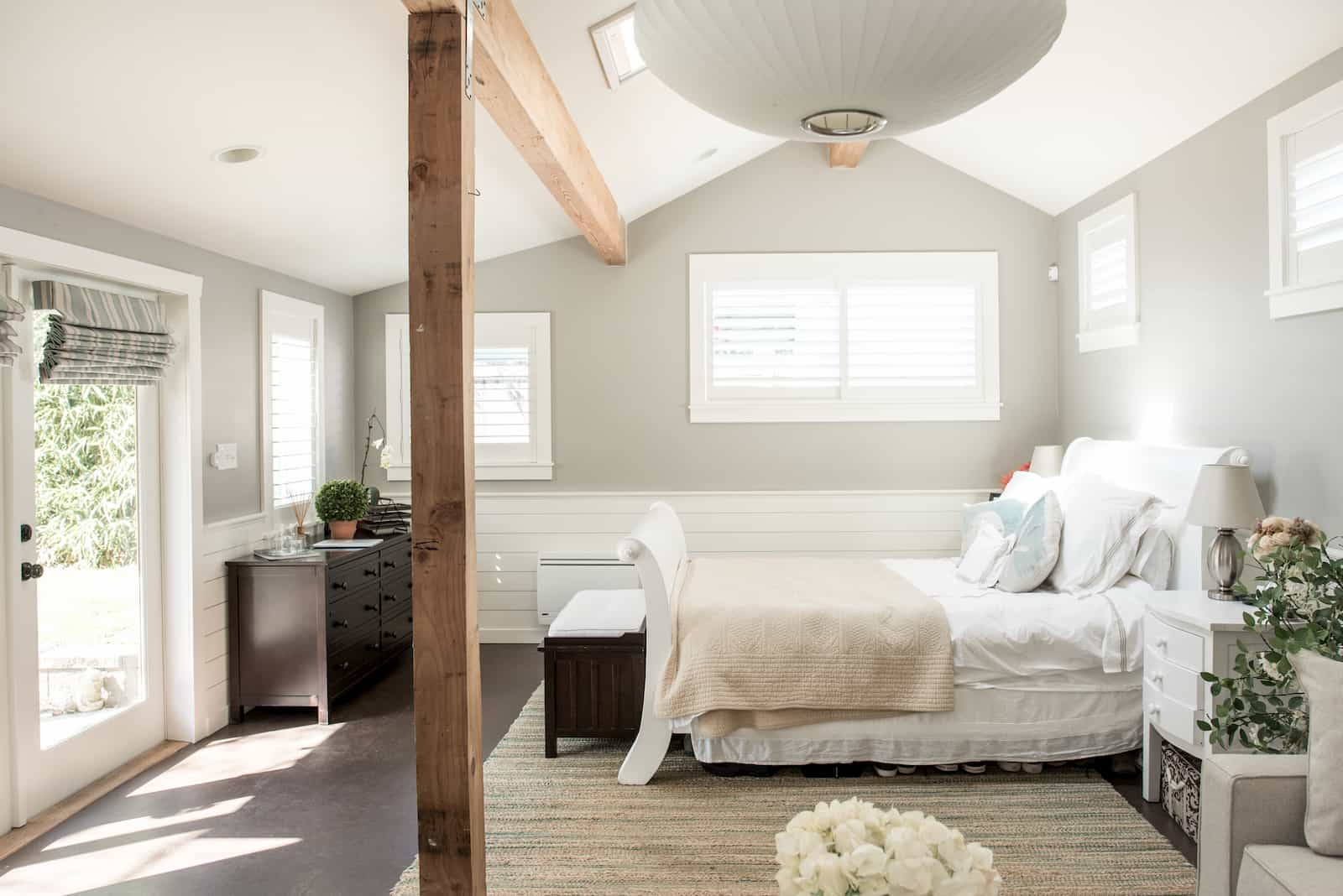
The rules around backyard cottages have been a hot topic in Seattle. On July 1, 2019, the Seattle City Council voted unanimously to update the regulations, making it possible for many more Seattle homeowners to build a backyard cottage on their lot.
Seattle’s new backyard cottage and in-law apartment rules went into effect August 8, 2019. A second piece of the legislation, the floor area ratio limit (sometimes called the “McMansion ban”), won’t go into effect until March 2020.
See also: The Ultimate Guide to Backyard Cottages
What is a backyard cottage?
Also known as detached accessory dwelling units, or DADUs, backyard cottages are small, standalone houses built behind your main home. They allow you to maintain your privacy and all the square footage in your main house while creating extra living space. Homeowners often opt to build these over a garage.
Is a backyard cottage the same as a tiny home?
Technically, Seattle does not allow so called tiny homes that do not rest on their own foundation:
Tiny houses on wheels are treated like camper trailers. You cannot live in a tiny house on wheels (or similar equipment such as RVs and boats) on lots in Seattle city limits. If your tiny house has wheels you need to follow parking rules for large vehicles. [Seattle Department of Construction and Inspections]
Reasons to build a backyard cottage
Homeowners choose to construct backyard cottages (DADUs) for a variety of reasons, and a cottage can be put to different uses over the years.
A common reason to build a cottage is to use it as a long- or short-term rental. Not only does it create some extra income, but it helps ease Seattle’s housing crisis by providing additional rental units.
Listing a backyard cottage on a nightly rental service, such as Airbnb, has the potential to bring a homeowner the most rental income, but managing bookings and turnovers between guests is not an insignificant amount of work, so most homeowners wishing to rent their DADUs will probably opt for long-term rentals.
Other homeowners build backyard cottages not to rent but as housing for family members. They are a way to make inter-generational living possible. An elderly parent could move into a DADU, or adult children seeking to build a home in Seattle, but who are priced out of the expensive real estate market, could build on their parents’ lot.
Still other homeowners design their backyard cottages as an extension of their home’s living space, either for guests, hobbies, or other uses. A cottage can be less expensive to build than a similarly sized addition to one’s main home, and cottages provide a level of privacy that is unmatched by an attached addition.
Some homeowners wishing to downsize may even move into a newly constructed backyard cottage and rent out their main house.
What are the new requirements to build a backyard cottage in Seattle?
While backyard cottages have been allowed in all parts of Seattle since 2009, only 221 had been built as of 2016. The new rules that just went into effect open up the possibility of building a backyard cottage to many more people. Here is a summary of some of the new DADU rules for Seattle’s single-family zones. Consult a design professional before assuming your DADU is buildable, but you can use the 2019 Seattle backyard cottage rules summary below to quickly check the feasibility of your project.
Lot size
The minimum lot size required for a backyard cottage is 3,200 square feet in single-family zones. (In the past, you had to have at least a 4,000-square-foot-lot.) The minimum lot width is 25 feet.
Dwelling size
The maximum size of the backyard cottage is now 1,000 square feet of floor area in single-family zones, up from 800 square feet. Parking and up to 35 square feet of bicycle storage space is not counted toward this size limit.
Building height
Height limits are based on two main factors: the width of your lot and the style of your roof. Lots less than 30 feet wide allow a base structure height of 14 feet, while lots wider than 50 feet allow a base height of up to 18 feet. In addition, you are allowed additional height for your roof, which varies depending on the style of your roof and the width of your lot. A pitched (gable) roof can extend an additional 3 to 7 feet above the base structure height, while a shed or butterfly roof can extend only 3 or 4 feet above.
Maximum Total Building Height Limits of Backyard Cottages
| Lot less than 30′ wide | Lot 30′-40′ wide | Lot 40′-50′ wide | Lot 50′ wide or more | |
| Pitched roof | 17′ | 23′ | 23′ | 25′ |
| Shed or butterfly roof | 17′ | 20′ | 22′ | 22′ |
Note that the city adds 2 feet of potential “bonus” height for super-insulated or green roofs and 4 feet for railings if you have a rooftop deck.
Setbacks
DADUs cannot be built in front yards, so only side yard/rear yard setbacks apply. In general, you need 5 feet of space between the cottage and your lot lines and from other structures. If your lot borders a back alley, you can build right up to it. If you have a corner lot, your setback is 10 feet.
Maximum lot coverage
The footprints of your main house and any accessory structures can cover only a limited percentage of your total lot.
| Lot size | Maximum lot coverage |
| Less than 5,000 square feet | 1,000 square feet plus 15 percent of lot area |
| 5,000 square feet or more | 35 percent of lot area |
If the back of your property abuts an alley, you get a bit of a break; the city calculates your lot area from the center-line of the alley.
What counts toward maximum lot coverage in Seattle?
Check with a knowledgeable architect or designer to confirm your unique situation, but here are some examples of what Seattle counts toward maximum lot coverage:
Included in lot coverage calculation:
- The footprint of all structures on the entire lot
- Balconies, bay windows, and architectural projections, even if they do not actually touch the ground
Exempted from lot coverage calculation:
- The first 36 inches of eaves and gutters
- Pedestrian access bridges that are 5 feet wide or less (uncovered and unenclosed)
- Barrier-free access ramps or other access for the disabled or elderly meeting Washington State
Building Code Chapter 11 - Decks or parts of decks which are not over 18 inches above the existing grade
- Freestanding structures such as fences, bulkheads and freestanding walls, but not arbors
- Underground structures or the underground portion of a structure
- Solar collectors meeting the provisions of 23.44.046
- Swimming pools meeting the provisions of 23.44.044
See also: Lot Coverage, Height, Yard, and Garage Standards for Homes in Single Family Zones [Seattle Department of Construction & Inspections]
Rear yard coverage
Your backyard cottage can take up only 40 percent of your required rear yard area, plus 20 percent more if no exceptional trees or trees larger than 2 feet in diameter are removed.
Here’s a handy calculator to determine how many square feet of your required rear yard your new cottage can take up.
What if my property abuts a back alley?
You get another break here if the back of your property abuts an alley. You can add half the width of the alley to your lot depth in the calculator above.
What if your actual rear yard is bigger than required?
If your rear yard is bigger than the required minimum area, you’re in luck! You can use the 40% to 60% of the required rear yard area, as calculated above, plus any leftover rear yard area not taken up by your main home and other structures.
Parking requirements
Dedicated off-street parking for backyard cottages is no longer required. However, you cannot remove any existing parking spaces required for your main house to make space for a cottage.
Owner occupancy requirements
The owner of the property need not live in the main house or the backyard cottage under the new regulations.
Maximum number of accessory dwelling units
In addition to your main home, you can build up to one detached backyard cottage and one attached in-law apartment or two attached in-law apartments.
Cost to build a backyard cottage in Seattle
Despite these new, relaxed regulations, building a backyard cottage is still more expensive in Seattle than it is in some other areas, due to the high cost of skilled labor and the city’s relatively expensive development fees, such as the sewer capacity charge. Building costs for a detached accessory dwelling unit are upwards of $300,000, according to Crosscut. For many homeowners, the cost to build will be offset by steady rental income and an increase in their home’s value.
Planning a backyard cottage of your own?
A lot goes into creating a backyard cottage that perfectly fits your needs today and can adapt to new uses in the future. Our staff of interior designers and architects can help make your vision a reality, and our team of professional lead carpenters can keep the building process smooth and on schedule. Our construction cue is filling up. Please feel free to reach out today to discuss your goals and the feasibility of construction. We would be happy to answer your questions and share our ideas.
Note: We make no claims or warranties as to the completeness or accuracy of the information on this page. We encourage you to confirm all information you read here and consult a design professional. Any action you take based on the information on this website is strictly at your own risk.
